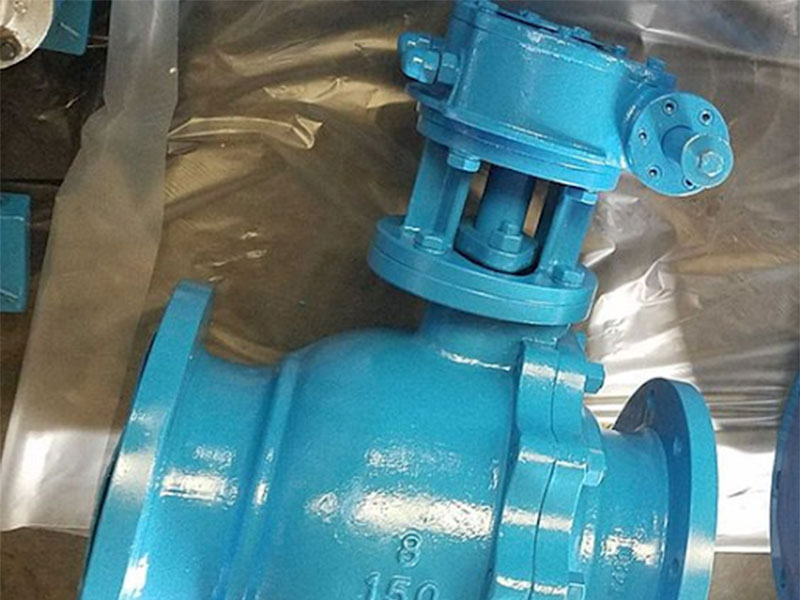Source: Pinterest
Customers from a wide range of sectors require a wide range of valves for their increased operations. Valves are available in a wide variety of materials to suit any purpose. Carbon steel, PVC, cast iron, stainless steel, and ductile iron are a few of these substances. In this piece, we’ll look at two of them: ductile iron and cast steel. The debate over “ductile iron vs. cast steel valves material” has been there for decades since not most people are conversant with the distinctions.
Fortunately, comparing valves constructed of ductile iron and cast steel is straightforward because both materials just have a few significant differences. We’ll go through the qualities of each material and then weigh the advantages and drawbacks of each. Readers will be valve gurus by the conclusion of this blog article!
What's the difference between ductile iron and cast iron?

Even before heat treatment, ductile iron is less brittle than ordinary cast iron. It does not shatter as easily when struck. The iron’s ductility allows it to bend. Grey cast iron is tougher in contrast. Ductile cast iron has 3.2-3.6% carbon, 2.2-2.8% silicon, and a trace of a “nodulizing element.”
Ductile iron vs cast iron ductility
The standard specification for ductile iron castings is known as ASTM A536. Gray iron is less elastic than ductile iron. In contrast, to cast iron, which has no yield strength at all, it has twice the tensile strength and yield strength of 40k. This implies that while gray iron simply splits when bent, ductile iron may adapt somewhat.
Ductile iron vs Cast iron Castability
It is simple to cast and machine ductile iron. It is quite strong for its weight. Steel may be produced for a substantially cheaper price than ductile iron. It is more machinable and excellent at casting.
Ductile iron vs Cast Iron Corrosion resistance
The tensile strength, yield strength, and corrosion resistance of ductile iron are all quite good. Ductile iron is more suitable for high-demand applications than cast iron because it does not fracture when bent. For pipes, fittings, and valves, ductile iron is a durable and dependable material.
Ductile iron vs Cast iron Tensile and yield strength
Although there is no distinction between the two materials’ tensile strengths, ductile iron has a higher yield strength (40 ksi). Contrarily, the yield strength of cast steel can only reach 36 ksi. Ductile iron becomes less ductile as its strength rises.
Ductile iron vs Cast iron toughness or impact
The two alloys are extremely similar to one another. However, when compared to cast steels, it appears that ductile iron has much lower fracture toughness since it has energy values of 16–24 joules in conventional notched Charpy tests which is 60-75 joules.
Ductile Iron vs Cast iron thermal conductivity
Gray iron’s thermal conductivity is higher than that of ductile iron. Gray iron in particular has a very high thermal conductivity because heat is transferred through the graphite flakes while it is in the graphite phase.
Ductile Iron vs Cast iron price
Ductile iron is a durable and long-lasting material for pipes, fittings, and valves. One disadvantage is the cost. Because of its more intricate chemical composition, ductile iron is often more costly than cast iron. Ductile irons prices usually range from $50-$60 while cast iron prices fall from $18-$20.
What Exactly is Ductile Iron?
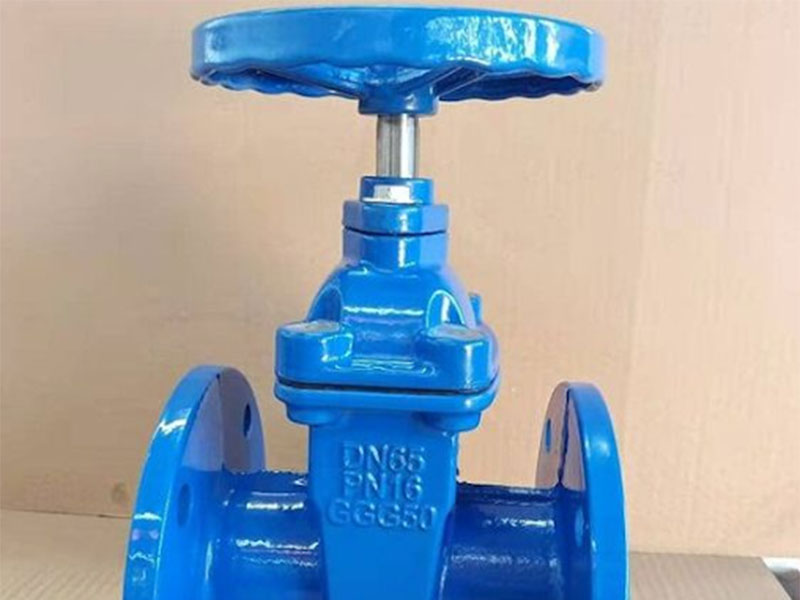
Source: Pinterest
Ductile iron is a much more recent iron alloy formed from endophyte graphite. This provides the fabric with high ductility, which means it will not crack when bending. The thermal limit is somewhat lower than that of cast iron, although it remains relatively high at 1350F. (730C). Ductile iron valves employ pressure ratings 150 and 300 as well. Class 150 ductile iron maintains a seal up to 250 psi at ordinary surrounding temperature. Class 300 can withstand pressures of up to 640 psi.
Ductile iron has high strength and stiffness, structural rigidity, and ultimate tensile. Because ductile iron does not shatter when folded, it is more useful for applications operations than cast iron. Ductile iron is a durable and long-lasting material for pipelines, joints, and valves.
The design team will also be interested to note that Poisson’s Proportion for ductile iron is typically regarded to be 0.275. The ratio limit is equally relevant to design professionals. The proportionate limit to 0.2 percent ultimate tensile ratio for ferritic levels (60-40-18) is generally 0.71. The same ratio is commonly 0.56 for austenitic levels (80-55-06).
Ductile iron has outstanding structural integrity and can withstand high heat without damage. This is due to the ductile quality of the raw materials, which makes them considerably less prone to be bent and twisted. Rust will also be attracted to ductile iron over the duration.
Ductile iron is employed in more specialized industrial applications to its improved fracture toughness:
Drums made of cable
Frames
Boxes of gears
Pumps
One disadvantage is the cost. Because of its more intricate chemical composition, ductile iron is often more costly than cast iron. Nonetheless, if your project necessitates a stronger material, you might have to invest a bit extra.
Advantages of Ductile Iron:
Castability has been improved.
Cost savings
Vibration dampening has been improved.
The corrosion rate has been improved
Excellent compressive yield toughness
Ductile Iron Vs Cast steel Applications
Cast Iron
Due to its high tensile strength and flexibility, malleable cast iron is utilized in:
- electrical fittings and equipment
- hand tools
- pipe fittings
- Washers
- Brackets
- Agricultural equipment
- Mining gear
- Machine components
- Valves
Ductile Iron
Ductile iron is stronger and more ductile than gray iron, some also have piston rings. These irons are effective in these materials:
- Comprising wind-power sector pipe
- automotive components
- Wheels
- Gearboxes
- Pump housings
- Machine frames
Cast iron is largely comprised of iron, with some carbon and a trace of silicone. It has low to medium pressure ratings, high-temperature tolerance, and can withstand a lot of vibration. Ductile iron, on the other hand, is a tough and dependable material for fittings, pipelines, and valves.
If you are looking for valve manufacturers for your industry or maybe want to explore more about valves, there are these cast iron ball valve manufacturers which you can know more about based on the link attached.
Ductile Iron Vs Cast steel
The form of graphite is what distinguishes conventional cast iron from contemporary ductile iron. While cast iron includes microscopic graphite flakes, ductile iron has spherical graphite nodules.

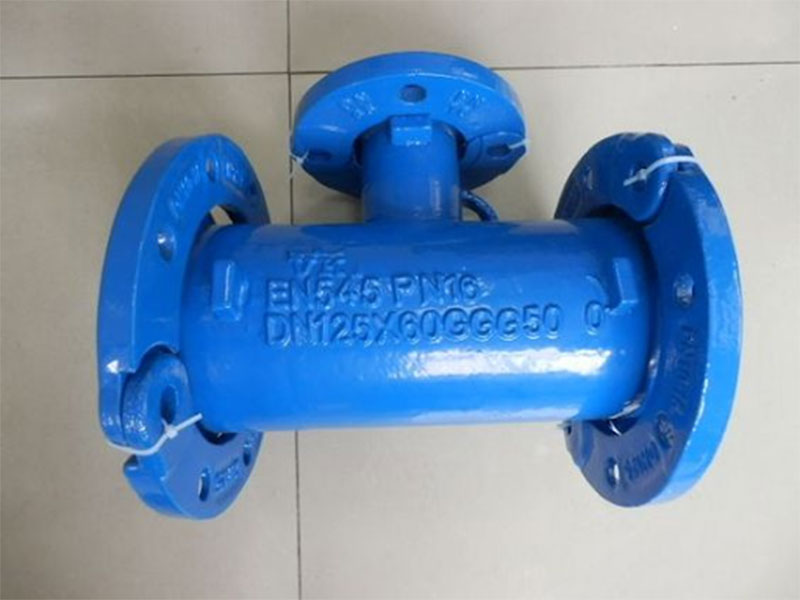
Source: Pinterest
Be knowledgeable enough about the valves that you will be needing in your industry. Learn how they could benefit you in different yet great ways.
1. Chemical constituents
Ductile iron chemical items typically include 3.0 percent to 3.9 percent carbon, whereas cast steel typically has 0.08 percent to 0.60 percent carbon. As a result, ductile iron has a larger carbon concentration than cast steel.
2. The ultimate tensile
Ductile iron and Cast steel have similar tensile strengths; nonetheless, ductile iron has a greater tensile strength of 40k psi while cast steel only has a maximum yield strength of 36k pounds per square inch. In terms of equivalence classes, ductile cast iron has a greater yield toughness. As a result, ductile iron may substitute most cast steel and, in certain cases, forged steel in the production of crank propellers and gears.
3. Property of stretch and impact
Although ductile iron has an extension of 18%, cast steel has a maximum elongation of 25%. As a result, cast steel has more elongation and superior impact properties. Cast steel has an AKV of 30J.
4. Welding and shock absorbance
Because cast steel has a superior welding feature to ductile iron, welding replacement is often employed in production and does not decrease mechanical qualities. However, because ductile iron absorbs more shock, it is a good material for making equipment bases.
5. Alloy cast steel
Whilst iron foundries may add certain elements to ductile iron, alloy cast steel has more varieties and classifications, so it can fulfill a wide range of unique application demands.
What Exactly Are Cast Steel Valves?
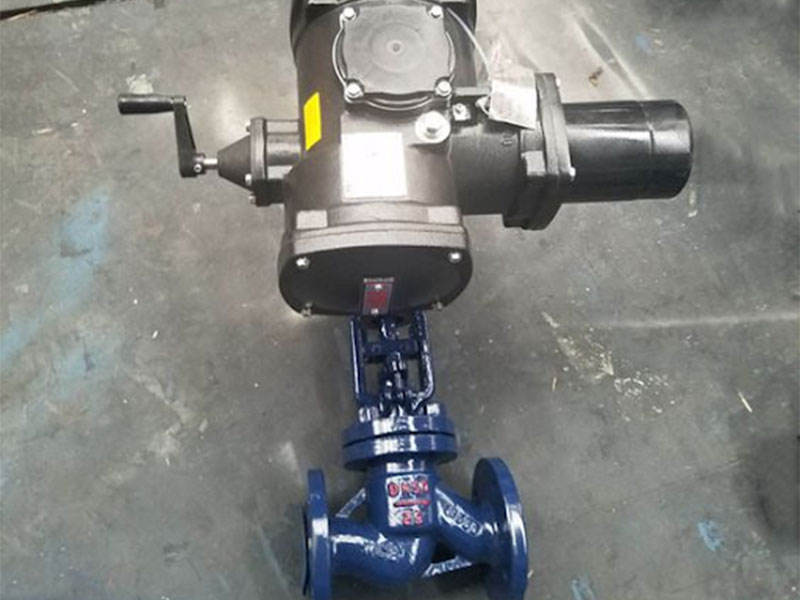
Source: Pinterest
Cast steel valves are made by a process known as ‘casting.’ This procedure requires melting the steel and then molding it into the required form. In terms of effectiveness, lifespan, quality, and fatigue strength, advanced cast steel valves are quite affordable. SIO Cast Steel Faucets, for example, are widely used in petrochemical industries, power generation stations, refuse processing units, treatment plants, rail lines, and other applications.
Depending on the use, cast steel valves might be produced of high-grade steel or metallic alloys. Because they are created using molds, you may simply design these valves to have complicated forms or elaborate features. They may be produced in any size, and a single valve can contain a variety of components.
Advantages of Cast Steel Valves
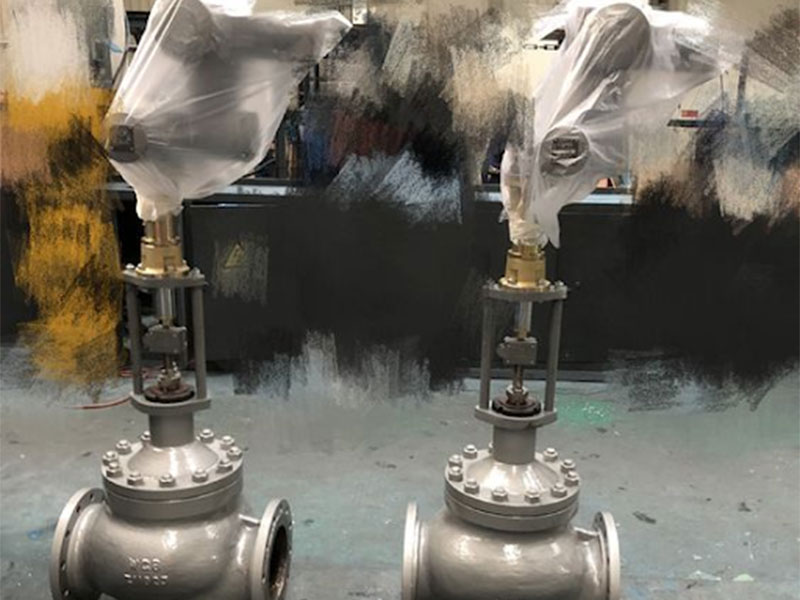
Source: Pinterest
Design Flexibility: Because cast steel valves are comprised of molten material, they may be easily molded into any size or shape. You may also increase the design’s intricacy and create sophisticated functioning pieces for the valve.
Diversity: Cast steel valves offer a wider range of metal compositions. Cast steel valves can be made from a variety of metal alloys. You may specify exact parameters such as increased corrosion resistance by utilizing the proper metal composition.
Reduced Processing: Cast steel valves do not require extensive machining to be fabricated. This equates to lower machining costs and a faster turnaround time.
Cast steel valves, as opposed to forged steel valves, are more widely accessible. This is since casting is a less difficult and costly process than forging. Replacement components and valve service are more easily accessible. Spares and valve service are easier to get by.
Design that saves space: Cast steel valves are curved and have round sides. This makes them simple to install, especially in tight quarters and pipes.
Disadvantages of Cast Steel Valves
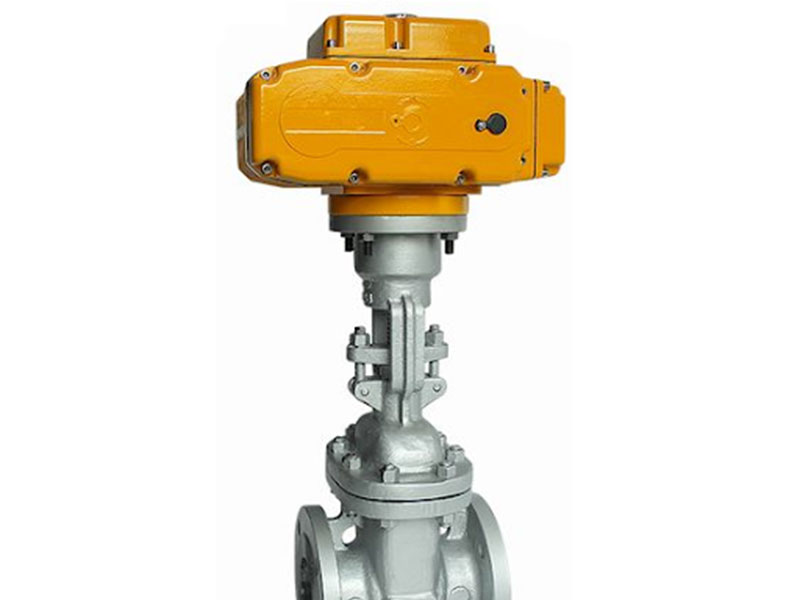
Source: Pinterest
Casting creates a significant amount of waste production. When metal is converted into a fluid, some substance is lost. The fluid is then modified as it enters and exits molds. Each stage wastes a portion of the core material.
The procedure of solidifying cast steel valves can occasionally result in microscopic impurities such as fractures and gaps in the valve. This can result in inferior mechanical qualities that can only be restored by time-consuming and expensive weld repair.
Heat treatments can change the composition of cast steel valve parts when they are welded collectively. As a result, the valve creeps more and has a reduced toughness. A thorough check is necessary to ensure that the valve’s sturdiness and creep tolerance have not deteriorated after it has been welded.
Because cast steel valves have lesser testing standards than forged steel valves, you must be extremely cautious when obtaining these valves. Professional industrial valve manufacturers, such as Xhval, make certain that each cast steel valve has the necessary certifications and tests, although this is not always the case.
Cast iron is largely comprised of iron, with some carbon and a trace of silicone. It has low to medium pressure ratings, high-temperature tolerance, and can withstand a lot of vibration. Ductile iron, on the other hand, is a tough and dependable material for fittings, pipelines, and valves.
If you are looking for valve manufacturers for your industry or maybe want to explore more about valves, there are these cast iron ball valve manufacturers which you can know more about based on the link attached.
Conclusion
So there you have it. You can see that this isn’t a case of ductile iron vs. cast steel valves. One is not necessarily superior to the other. It all relies on what you want to use it for!
Xhval lndustrial Co Valve provides mil-spec valves and strainers, even some that are difficult to locate! So, if you’re searching for anything that suits your requirements, be sure to contact a specialist here!

